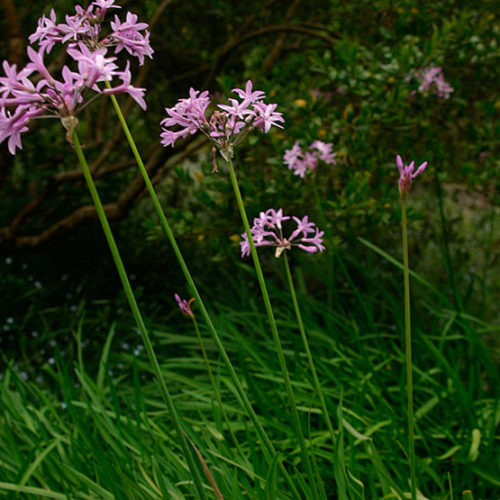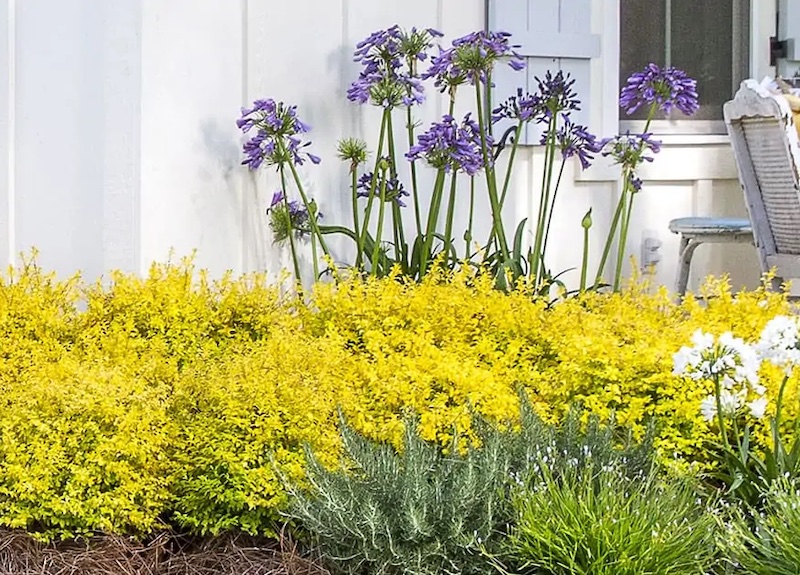Grasping the Art of Agapanthus Care: Necessary Actions for Healthy Growth and Lively Flowers
In the realm of gardening, the growing of agapanthus stands as a gratifying undertaking for those who seek to nurture these stylish flowering plants. From choosing the appropriate variety to grasping pruning strategies, the trip towards cultivating growing agapanthus plants is multifaceted and holds the crucial to opening the complete capacity of these agricultural gems.

Picking the Right Agapanthus Variety

When selecting the best Agapanthus selection for your garden, consider variables such as climate suitability, bloom color, and development practice. Agapanthus, typically referred to as Lily of the Nile or African lily, comes in a variety of colors ranging from shades of blue and purple to white. Pick a blossom shade that complements your existing garden palette to develop a harmonious landscape. Additionally, consider the environment in your area to make certain the Agapanthus selection you choose can flourish in your specific problems. Some selections are much more tolerant of cold temperature levels, while others choose warmer climates. Recognizing the growth habit of different Agapanthus varieties is critical for appropriate placement within your yard. Some varieties have a clumping development routine, ideal for containers or borders, while others have an even more dispersing nature, appropriate for ground cover or mass plantings. By meticulously examining these factors, you can pick the excellent Agapanthus variety to boost the appeal of your garden.
Perfect Planting Conditions
Thinking about the ideal environmental requirements is necessary for effective Agapanthus cultivation. Agapanthus plants are sensitive to cool temperatures and must be shielded from frost throughout winter season months.
To make sure healthy development and vivid blossoms, plant Agapanthus bulbs at a depth of about 2-4 inches and area them 8-12 inches apart. Adding natural matter, such as compost, to the soil can improve drain and fertility, advertising durable origin development. Mulching around the base of the plants helps maintain dampness and suppresses weed development. Normal watering is crucial, especially during the growing season, to maintain the dirt continually wet yet not saturated.
Watering and Feeding Tips
Maintaining correct dampness levels and supplying essential nutrients are crucial elements in the care regimen for Agapanthus plants. When it comes to sprinkling Agapanthus, it is crucial to strike an equilibrium. These plants like constantly moist dirt but are at risk to root rot if overwatered.
Fertilizing Agapanthus is crucial for promoting healthy and balanced growth and respected flowers. Use a balanced plant food, such as a 10-10-10 formula, in the early spring as brand-new growth arises. Repeat this application every 6-8 weeks throughout the growing season. Prevent excessive fertilization, as it can cause lush foliage at the expenditure of flowers. Always comply with the maker's directions for appropriate dilution and application approaches. By complying with these watering and fertilizing tips, you can guarantee your Agapanthus plants prosper and generate vibrant, learn the facts here now lasting blooms.
Pruning Methods for Agapanthus
Pruning Agapanthus plants at the appropriate times and with proper methods is important for preserving their health and wellness and promoting ideal development and flowering. The excellent time to prune Agapanthus is in late winter months or early spring before new growth arises.
Deadheading invested flowers can additionally reroute the plant's energy right into creating more flowers rather than setting seeds. If you desire to collect seeds for propagation, leave some flowers to fully grown and dry on the plant.
Remember to use tidy, sharp tools to make specific cuts and minimize the danger of introducing diseases. Agapanthus. Regular trimming will help maintain your Agapanthus looking healthy and balanced and neat while guaranteeing a bountiful display screen of lovely blossoms
Dealing With Typical Insects and Conditions
After making sure appropriate trimming methods for Agapanthus, it is essential to deal with usual insects and conditions that can affect the wellness and vitality of these plants. One common parasite that affects Agapanthus is the Agapanthus gall midget.
Furthermore, Agapanthus plants can suffer from root rot if they are planted in badly draining pipes soil. By being attentive and taking punctual activity versus diseases and pests, you can help your Agapanthus plants grow and generate vivid blossoms. Agapanthus.

Conclusion
In verdict, grasping the art of agapanthus treatment includes selecting the right variety, providing browse this site excellent growing problems, proper watering and feeding, suitable pruning strategies, and dealing with find this typical insects and diseases. By adhering to these crucial actions, you can make sure healthy and balanced development and lively blossoms for your agapanthus plants. Keep in mind to routinely monitor and preserve your plants to promote their total well-being and longevity.
To guarantee healthy growth and dynamic flowers, plant Agapanthus bulbs at a deepness of regarding 2-4 inches and room them 8-12 inches apart. By complying with these watering and feeding pointers, you can guarantee your Agapanthus plants prosper and generate vibrant, durable flowers.
One usual insect that influences Agapanthus is the Agapanthus gall midge. Furthermore, Agapanthus plants can experience from root rot if they are planted in improperly draining pipes dirt. By complying with these important actions, you can make sure healthy development and vibrant flowers for your agapanthus plants.
Comments on “How to Plant and Maintain Agapanthus in Your Garden”